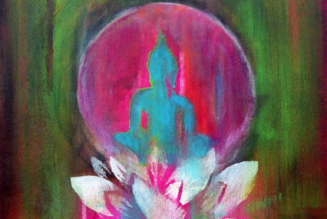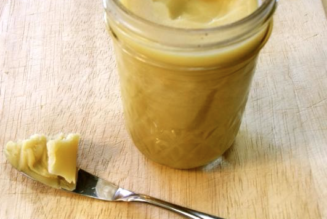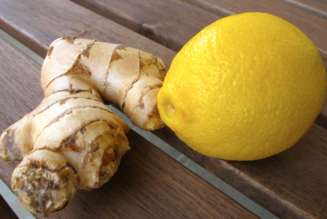An Ayurvedic Purification Purge
According to the ancient teachings of Ayurveda, there are three doshas called vata, pitta, and kapha. These three doshas act as the guiding principles that keep all our bodily functions balanced and healthy.
“Health results from the natural, balanced state of the doshas.
Therefore, the wise try to keep them in their balanced state.”
– Charak Samhita
Imbalanced Doshas
Each of the three doshas are present throughout the body. They govern our physiology and all activities of the body, mind, and emotions. Ayurveda is a holistic science and recognizes that the whole is greater than the sum of its parts. That said, when the doshas become imbalanced it affects the whole body. Likewise, when the doshas become aggravated by various factors such as poor diet, unhealthy lifestyle, negative emotions, etc. this can cause an imbalance to the bodily systems and if not corrected appropriately – may lead to disease.
Imbalanced Doshas + Impaired Digestion = Toxicity
As a result of poor diet and unhealthy lifestyle not only do the doshas become imbalanced but the digestive fire [agni] soon becomes impaired. As the digestive fire becomes disturbed, food no longer is able to be properly digested and the undigested food then accumulates within the G.I. tract. allowing for toxicity [i.e. fermentation, putrefaction]. From this perspective, Ayurveda states that the by-product of poor digestion [“ama”] is the root cause of all disease.
“The signs and symptoms of ama are clogging of channels, sense of heaviness, low energy, restlessness, lethargy, indigestion, kaphatype congestion [expectoration], accumulation of the three malas [wastes], loss of taste and sexual debility.” – Ast Hrd Su. 30.23
Goal: Remove Ama [Toxins]
Cleansing & Purification
Once the doshas have begun to significantly cause an imbalance or disease, it soon becomes necessary to consider certain purification techniques to cleanse the body of excess doshas and toxins [“ama”]. This purification process is called “panchakarma” which involves five cleansing actions.
Panchakarma
Panchakarma is an Ayurvedic purification system which helps to remove impurities and toxins from the physiological channels of the body. With proper purification of the body springs forth greater cellular intelligence allowing for optimal functioning of the body as a whole.
Great Video – A Very Brief Introduction To Panchakarma
The Five Purifying Actions Of Panchakarma:
- vamana: therapeutic vomiting
- virechana: purgative or laxative therapy
- basti: medicated enema therapy
- nasya: nasal administration of medicated oils
- rakta moksha: blood-letting; purifying blood
Snehana – Virechana
Modern living is filled with impurities. These impurities are typically stored in adipose/fat tissue and in order to remove these toxins the cleansing process of panchakarma makes use of oleation therapy called “snehana”. Typically, the oleation process of snehana takes place during a few days. During these several days, one would be instructed to drink melted ghee [clarified butter] on an empty stomach first thing in the morning. The amount of ghee to be ingested is specified by a qualified ayurvedic professional as the amounts typically increase daily throughout the few days. Generally, on the third or fourth day, the person is instructed to skip dinner, take a hot tub bath, then undergo purgation [“virechana”] by ingesting castor oil or other laxatives which are properly indicated
The Logical Explanation
Toxins From Fat Cells Get Pulled Into Circulation
Prior to the ingestion of large amounts of ghee there is a brief period of reduced ingestion of fat and/or calories. The reduced ingestion of fat helps fat cells to concentrate impurities and toxins [i.e. PAHs; polyaromatic hydrocarbons] stored within adipose tissue. As one begins to ingest large amounts of ghee this creates a sudden increase in the amount of “impurity-free ghee” within the blood stream. The fat [triglycerides] in the blood stream attract the toxins which are concentrated within fat cells and through the process of diffusion, osmosis, and active transport – the toxins from the fat cells enter into the blood stream.
Circulating Toxins – Pulled Into The Gut
As the toxins leave the fat cells due to diffusion-osmosis-active transport explained above, these toxins then begin to circulate into the general circulation. The fat-soluble impurities which have now been released from fat cells are now unstable in the aqueous circulating blood and therefore seek out other stores of fat to dissolve into. Likewise, the circulating impurities are also unable to return back into adipose tissue due to the imposed concentration gradient created by the ingestion of large amounts of ghee. Finally, due to the increasing amounts of ghee ingested, the “impurity-free ghee” within the gut now creates a favorable concentration gradient allowing for circulating toxins in the blood to enter into the G.I. tract. Now that the toxins are concentrated within the G.I. tract, the next step is purgation.
In Essence:
A concentration gradient was established in order to pull stored fat-soluble impurities from fat cells into the blood stream and from the blood stream into the gut.
The Purging Of Toxins
Now that the toxins are concentrated within the G.I. tract, the next step is purgation. However, before the final purge it’s best to consider a hot bath to induce vasodilation and to further loosen and remaining fat-soluble toxins. Finally, purgation using castor oil [or another laxative] specified by a trained professional results in the elimination of toxins and ghee from the G.I. tract.
Signs & Symptoms Of Proper Virechana
- tongue looks clean
- clarity of the mind
- no gas or discomfort
- appetite returns a couple hours after purgation
- creates lightness to the body and promotes sound sleep
Caution:
Excess purgation can lead to excessive diarrhea, severe dehydration, and hypovolemic shock and therefore should only be performed under the guidance of a qualified professional.
Disclaimer:
Panchakarma is a specialized Ayurvedic procedure which should be performed under the guidance of a trained and skillful Ayurvedic professional. Excess purgation can lead to excessive diarrhea, severe dehydration, and hypovolemic shock. This is strictly for educational purpose only and not medical advice. Always first consult your primary care physician before considering any new health regimen.
Want More?
CLICK HERE – For More Information On Panchakarma
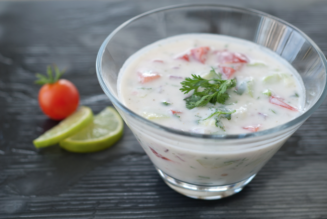

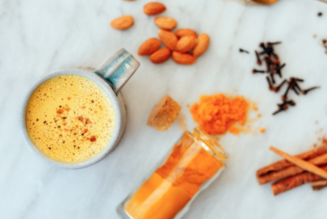
![Female Health: Amenorrhea [cessation of menses] – An Ayurvedic Perspective](https://healthyayurveda.com/wp-content/uploads/2015/07/1.-Amenorhea--327x219.png)
